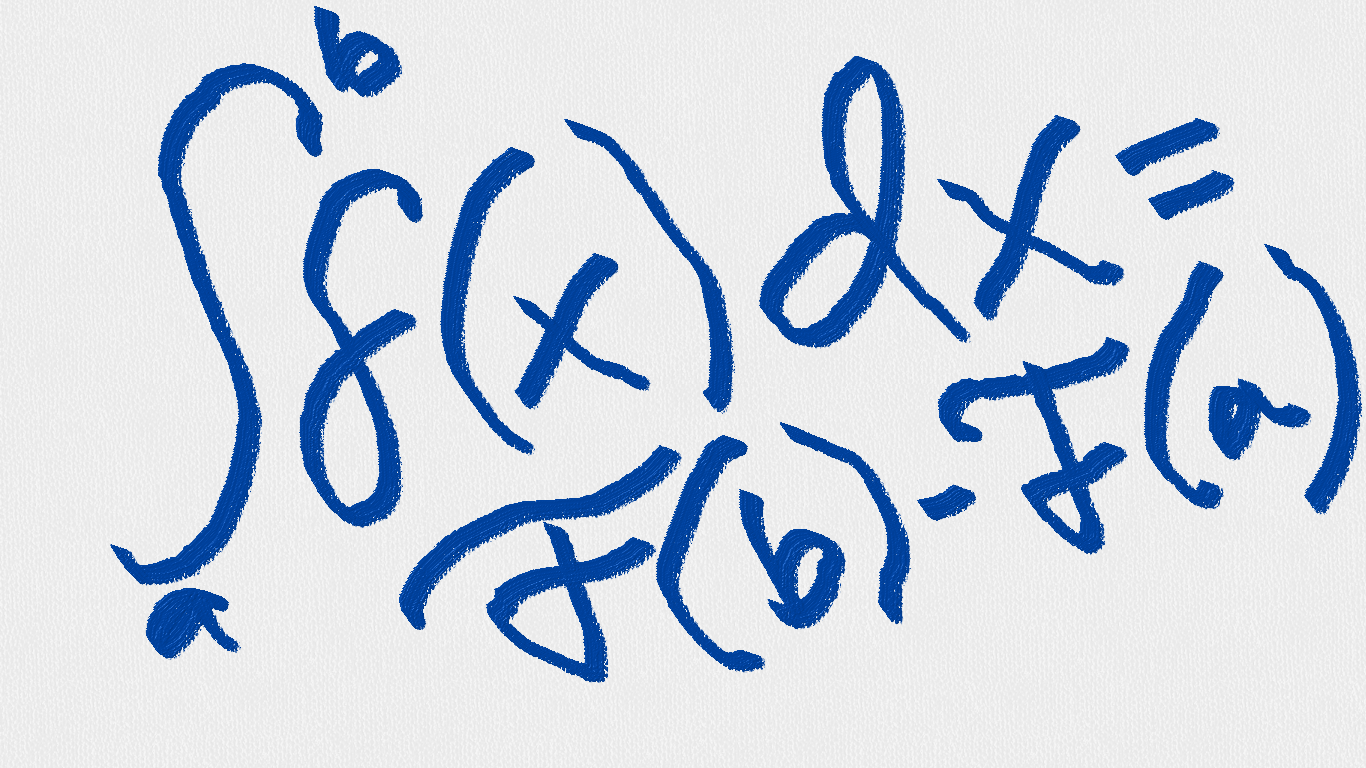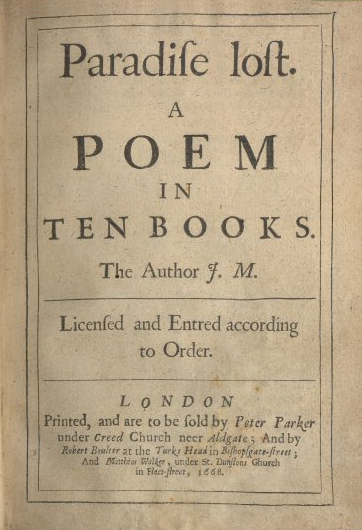Dear Language Nerd,
Why did people used to use “f” instead of “s”? Like at the top of the Bill of Rights, where it says “Congrefs of the United States”?
-Lawrence Duncan
***
Dear Lawrence,
It’s not really an “f,” though it certainly looks like one. Let’s zoom in on that header:
It’s a stretched-out “s.” This letter has the difficult and esoteric scholarly name of “long s,” as opposed to our usual “round s.” You can usually distinguish it from an “f” because it has no little bar across the middle, though in some typefaces and handwritings it has a half-a-bar, which makes it peskier.
It’s a variant of “s” used in the beginning and middle of words. The exact rules for when to use the long “s” were decidedly quirky — if there were two “s’s” in a row, for example, the second was expected to be a round “s,” and “s’s” next to “f’s” were usually round too, so people wouldn’t be forced to go completely mad. Some people adored the flourishy prettiness of long “s” and used it everywhere, some found it too fancy and used it not at all. It was never ubiquitous, as you can see from the last page of the Constitution — most of the signatures on the page use the round “s.” But check out the representatives from Delaware, and you’ll find:
If having an extra letter-form for the middle sounds weird, well, we’ve already got a special variety of “s” (and every other letter) for the beginnings of things, so it’s really just another step up. In fact, a couple of other languages operate like this for all letters, notably Arabic. Their “s” and everything else has a beginning, middle, and end form, as well as the form for when it stands alone (also, Arabic goes from right to left):

Saleem has been featured here before as The Greatest Contronym.
So is the long “s” completely lost in modern times? Well, yeah, pretty much. It does have one neat little surviving offspring, though. Godfried Leibniz used it to stand for “summa” when he was putting together his calculus notation, and there it remains to this day.
By the way, you hear the names of Madison and Jefferson thrown around as the writers of the Constitution, but neither of them actually held the pen — that was Senator Gouveneur Morris, so if you have any legibility complaints, send them his way.
Yours,
The Language Nerd
Got a language question? Ask the Language Nerd! asktheleagueofnerds@gmail.com
Or: Twitter @AskTheLeague / facebook.com/asktheleagueofnerds
Refarefarefrences! The Straight Dope, a spiritual predecessor to the League, once did a column on this very topic. You can download the Constitution and other important old things in high-res from the National Archives. Math knowledge from my awesome high-school teacher, Mr. Jones. Gouveneur Morris from the wikster, which also gives us this lovely image in the article on long s:





That math thing with the Fundamental Theorem of Calculus is incorrect, just so you know. It should be F(b)-F(a), not the other way around.
Whoops. Damn, Language Nerd doesn’t know her math after all. I’ll fix it.
ipodfreak0313 – great catch and nice of you to be so polite about it :)
[…] Constitution, for example, was penned lovingly by Gouveneur Morris,* in beautiful cursive. It’s tough enough to read the original already, and as knowledge of cursive is lost it’ll only get […]
[…] Constitution, for example, was penned lovingly by Gouveneur Morris,* in beautiful cursive. It’s tough enough to read the original already, and as knowledge of cursive is lost it’ll only get […]